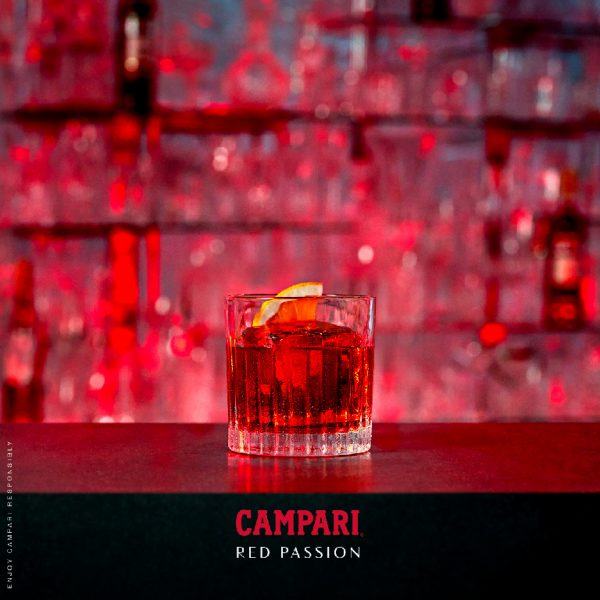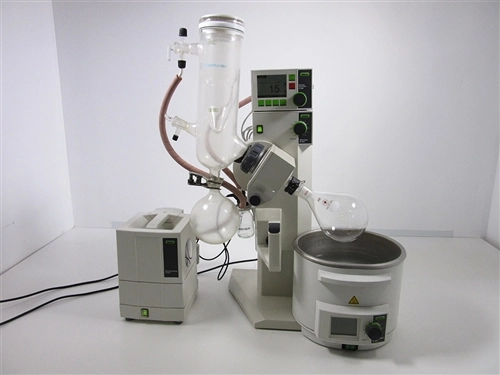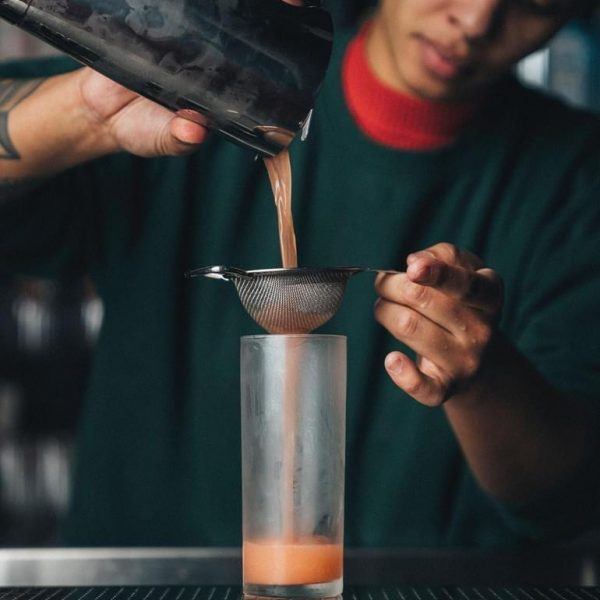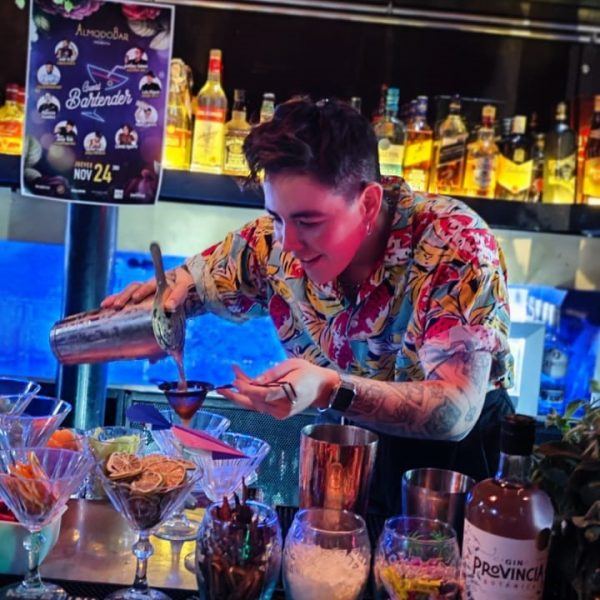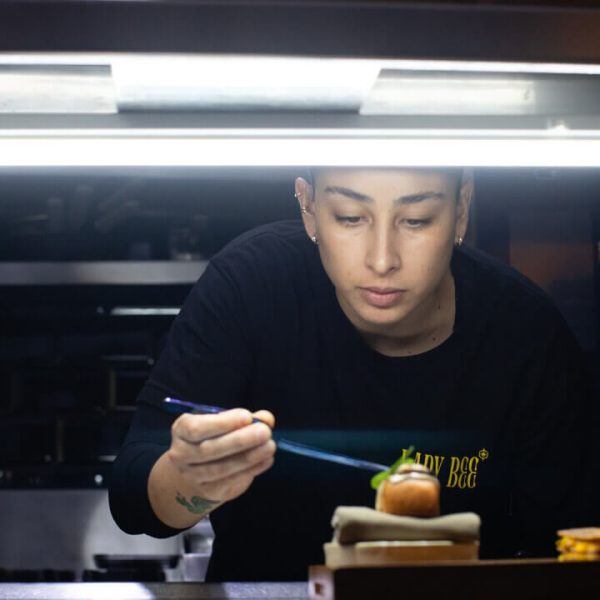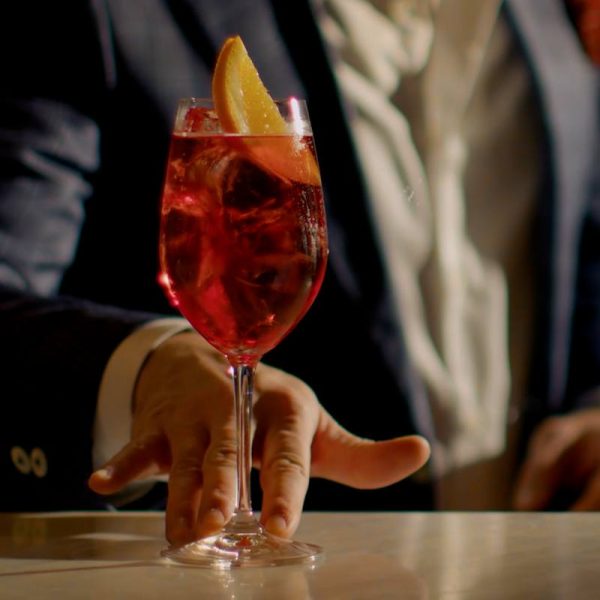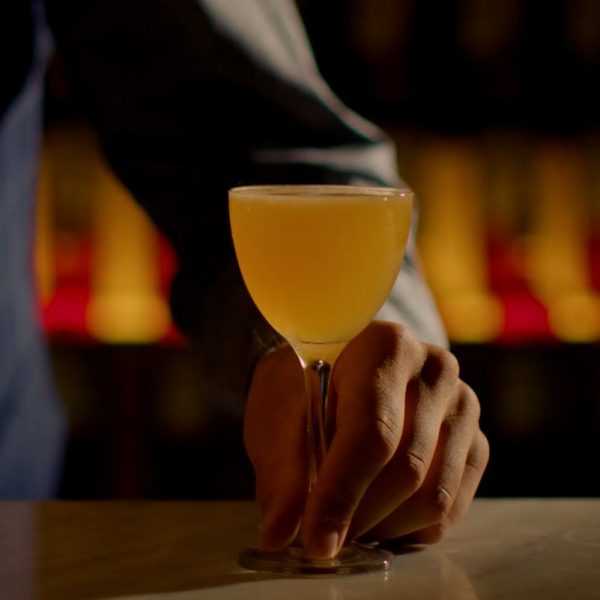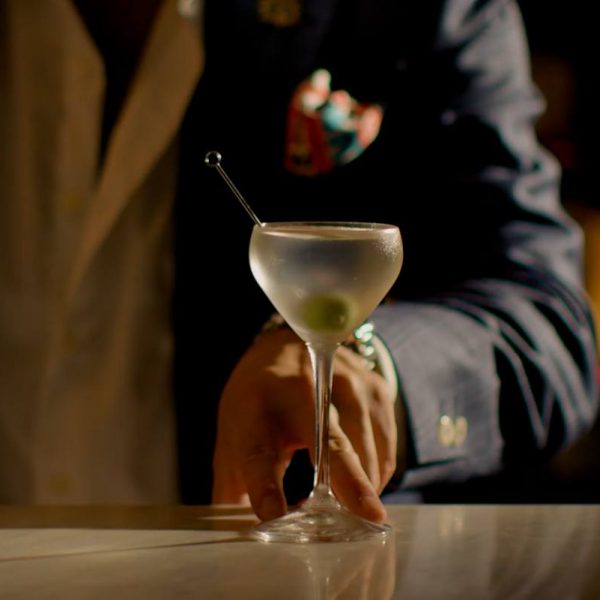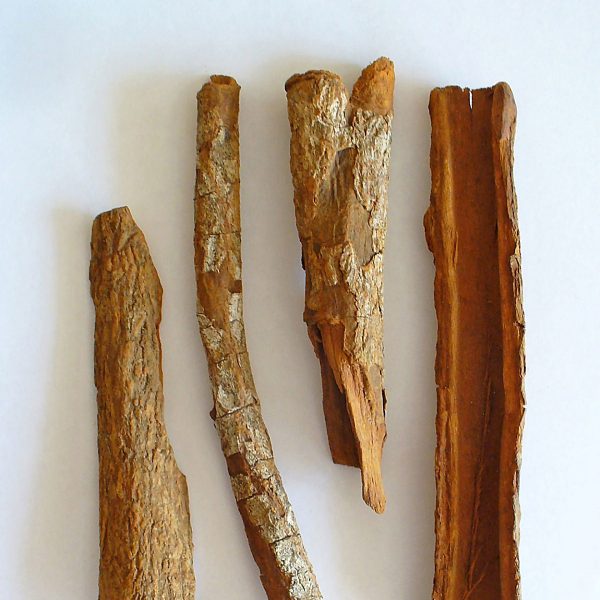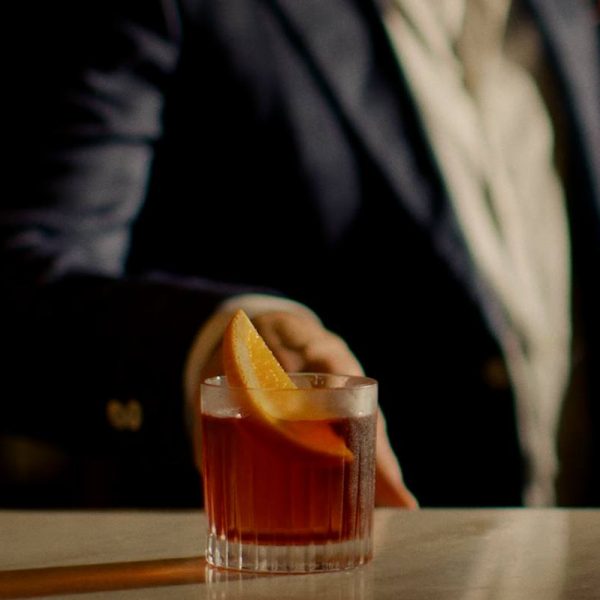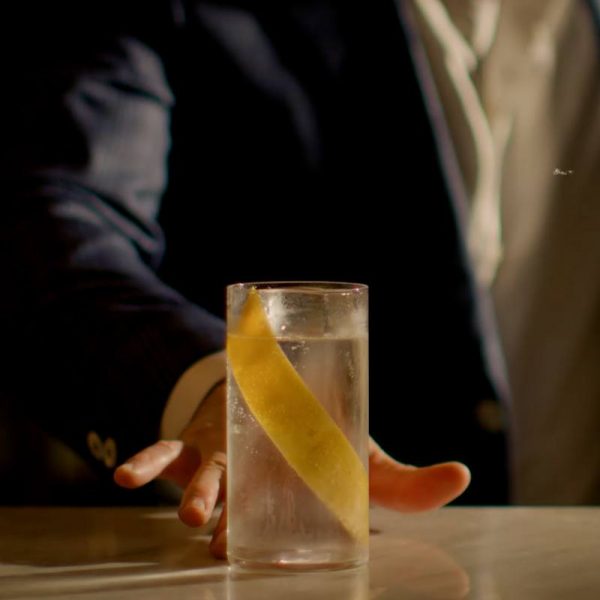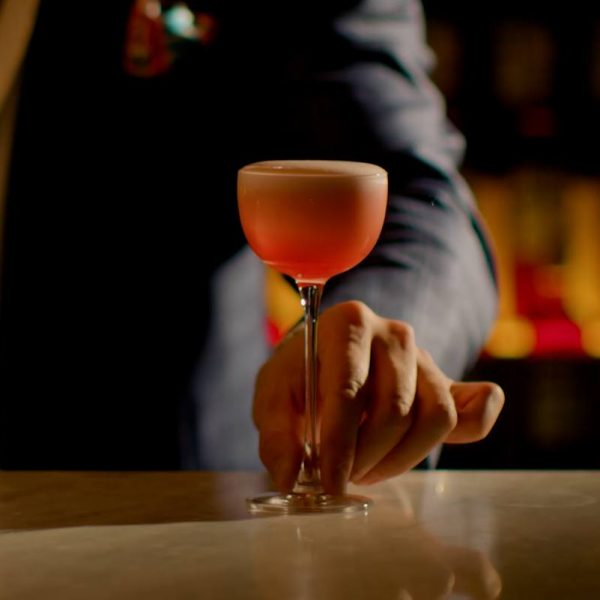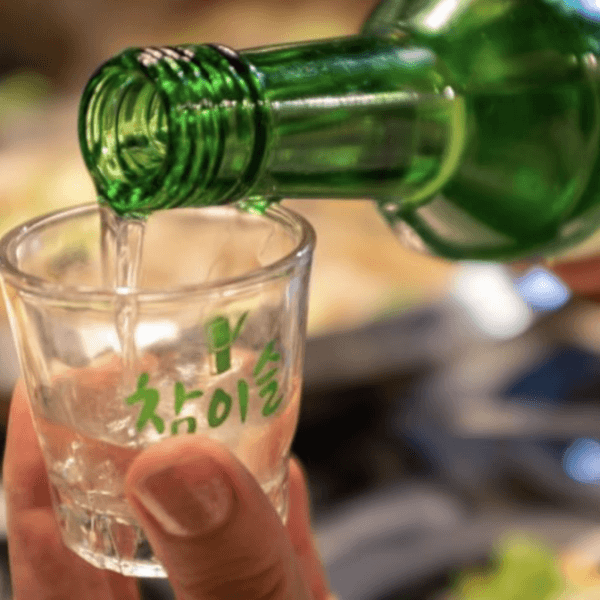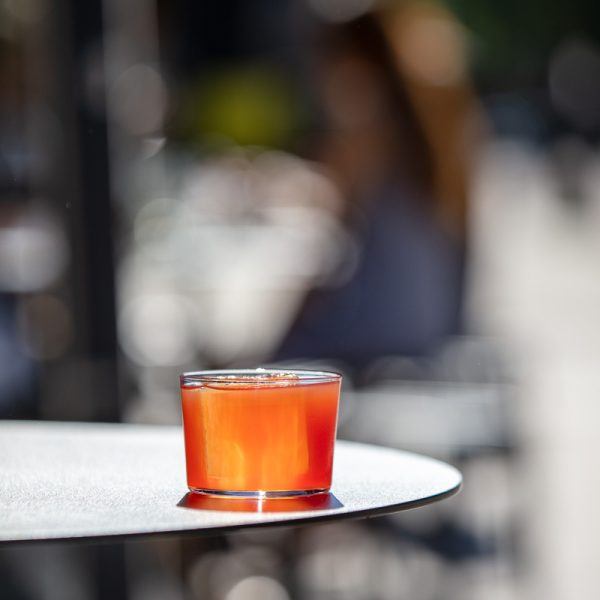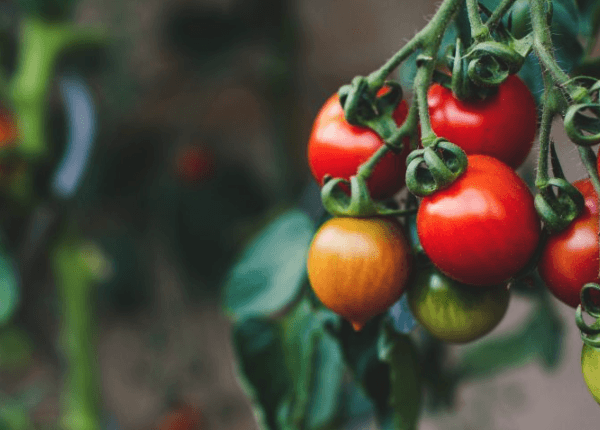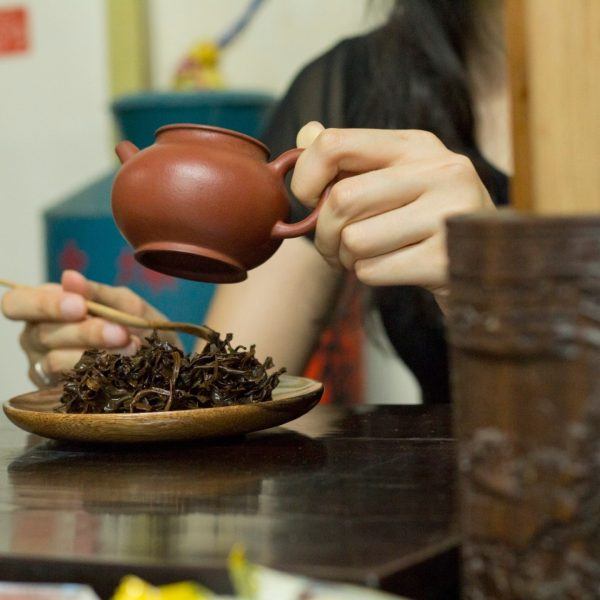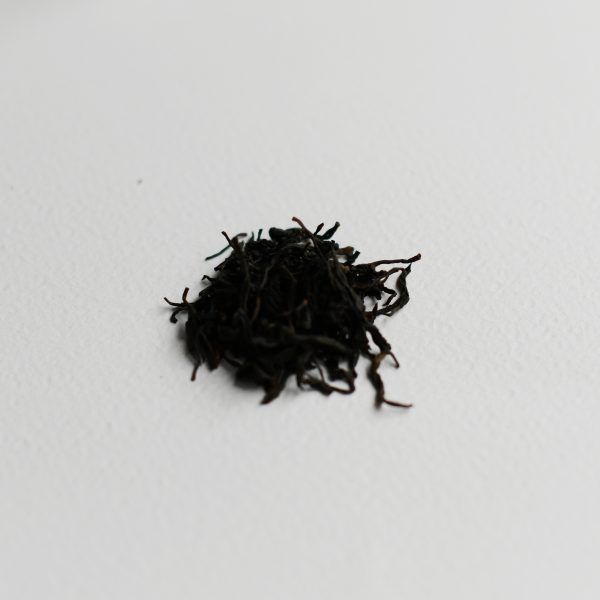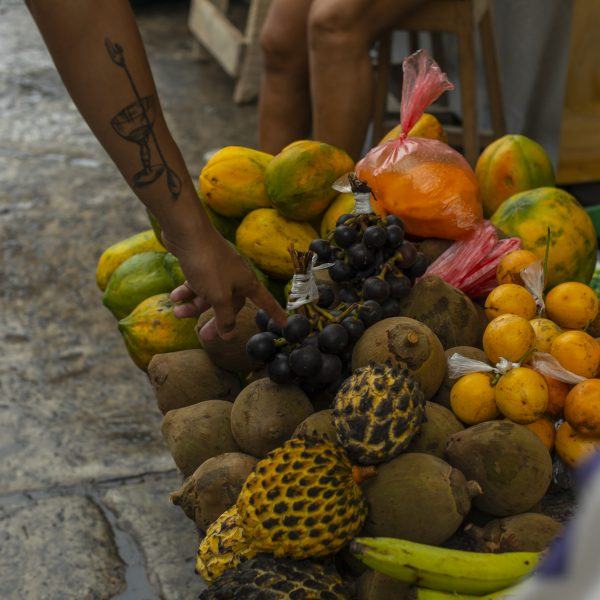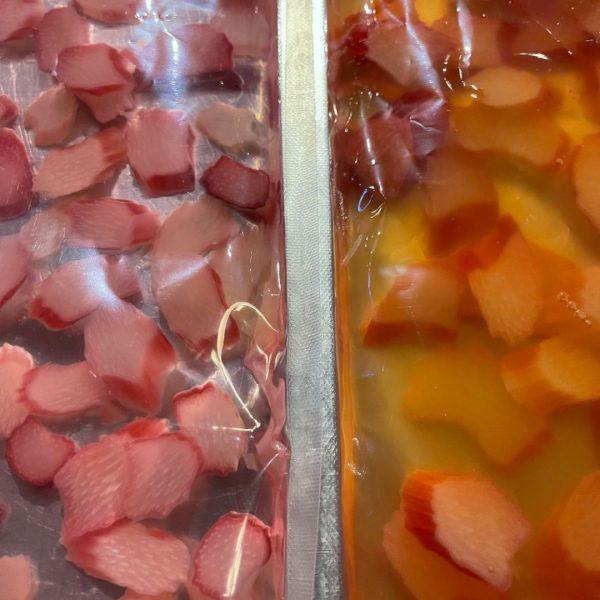The origins series: How quinine’s medicinal properties created a classic cocktail
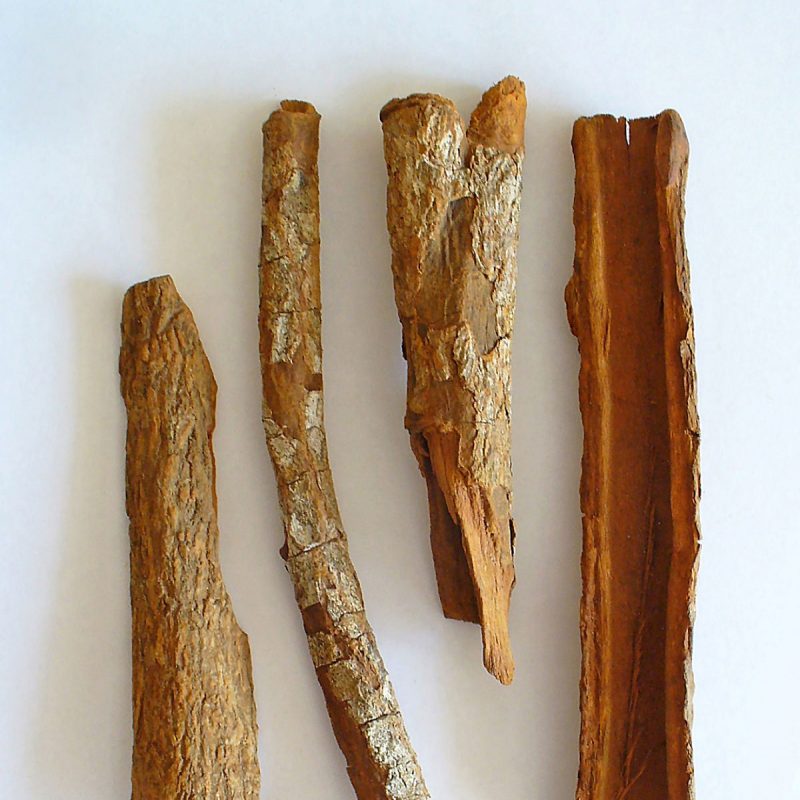
From curing malaria to being the catalyst for the gin and tonic, quinine has a storied history. In the third of our origins series, we explore it roots and how it became part of liquid history
The year is 1638. Nine years had gone by, the legend goes, since Lady Ana de Osorio had first entered the royal palace of Lima as Countess of Chinchon. She was wife to the Viceroy of Peru, Luis Jeronimo de Cabrera, and until then, they were living a serene life, filled with social gatherings. In a sudden turn of events, however, Lady Ana was struck down by a severe case of malaria.
The news spread all over the region, until out of the blue, a small vial arrived from the remote location of Loja in the Northern Andes. It contained the powdered bark of, what local shamans called, ‘fever tree’, which Loja’s governor knew could be helpful for the woman’s health. Lady Ana swallowed the powder and got better immediately; she then ordered for the bark to be shipped in bulk to her palace, and when her husband was called back to Spain for duty, she established the export of this miraculous product. According to the legend, that’s how the key ingredient to one of the most famous drinks all over the world, began circulating everywhere.
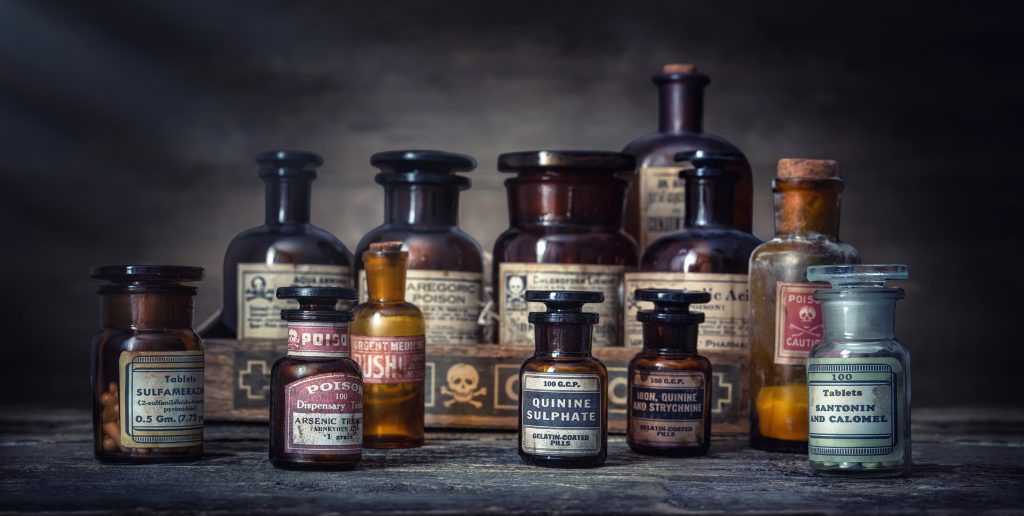
Where does quinine come from?
That variety of plants the bark was taken from was given the name of Cinchona, from Lady Ana’s title, and it is still how it’s known these days. ‘Cinchona officinalis’ is the main species of plant belonging to the family: it grows between 1,400m and 3,000m altitude, along the Amazon side of the Andes, from Perù to Bolivia, where rain is more consistently distributed throughout the year.
Other well-known species are Red Cinchona (‘Cinchona pubescens’), which you can find further north, up to Costa Rica; and Yellow Cinchona (Cinchona calisaya). Nowadays, Cinchona is largely cultivated in other areas of the world, such as Indonesia and Sri-Lanka. It owes its properties to the alcaloids it contains, such as quinine, quinidine, cinchonine and cinchonidine: they all coexist to make this bark a powerful antipyretic, painkiller, blood pressure booster and most importantly, a natural remedy against malaria, one of the most dangerous and longest-lasting plagues found in humid, tropical areas.
Quinine, specifically, was first isolated in 1817 by French scientists Pierre Joseph Pelletier and Joseph Bienaimé Caventou (who coincidentally discovered caffeine as well, four years later). It became a regular ingredient in medical treatments, especially for those who travelled towards Africa or South East Asia, where malaria was heavily hitting the population. Scottish explorer William Balfour Baikie is credited with being the first person to perceive how quinine could not only be a solution for the disease, but also a prevention method, as he successfully found out during his 1854 Niger expedition.
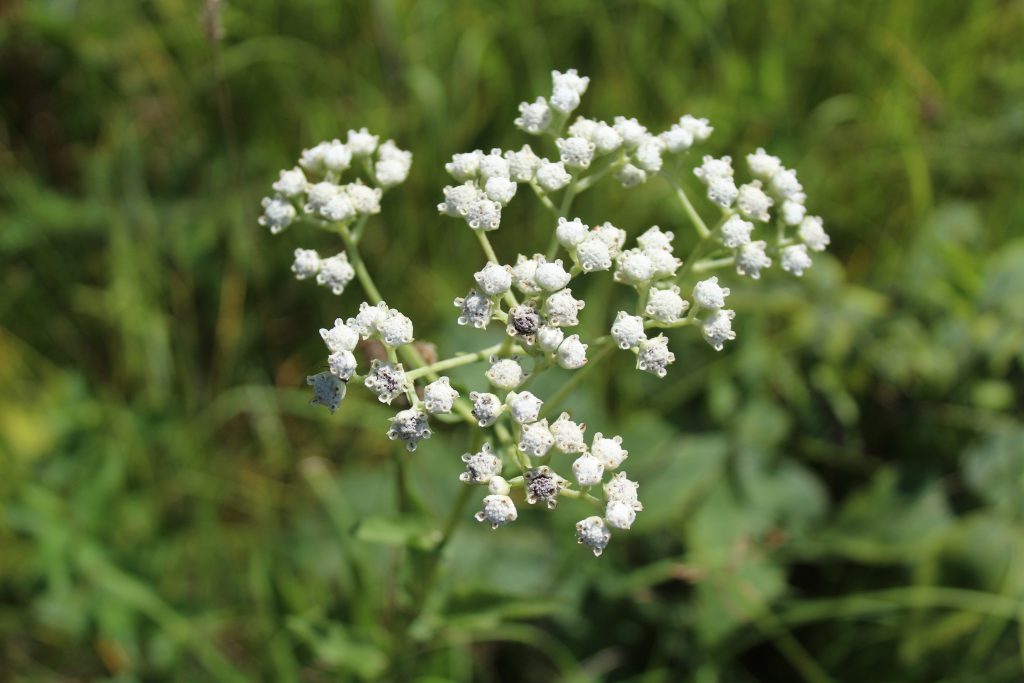
Quinine’s role in creating a classic
Quinine acts, in fact, by dissolving the ‘plasmodium falciparum’ bacteria, which floods the blood stream and causes the high-fever illness. That’s how, around a decade later, quinine entered liquid history, contributing to the prototype of an iconic classic. In 1857, India became part of the British Empire as one of their most important colonies: as a consequence, more and more British soldiers, as well as private citizens looking for fortune, began moving to India, where a climate they were not accustomed to, and the aforementioned deadly threat were waiting.
To ease the travellers’ struggle, tonic water was suggested as medicine and in 1858 a London businessman named Erasmus Bond had patented the first ‘liquid tonic with added air’. At the time though, tonic water was heavily infused with quinine, resulting in an almost undrinkable, excessively bitter beverage. The Brits conjured up a remedy to make the tonic more pleasant, combining it with sugar, lime (which helped fighting scurvy during the long sailing journeys to India) and, of course, gin. It was the origin of the gin and tonic, a long-time crowd favourite and now a pillar of any bar experience. As the Royal Botanical Gardens recall, ‘the first known record of the gin and tonic comes from the Oriental Sporting Magazine in 1868 where partygoers call for the cocktail and cheroots at the end of a horse race in Lucknow, India’.
But although being firmly linked to this iconic, two-ingredient thirst quencher, quinine is actually a pivotal element in the production of other bar staples. Due to its typical bitterness, traces of mild quinine give depth to classics such as Queen Elizabeth II’s favourite Dubonnet, Cynar artichoke bitter, or Italian after-dinner treat Barolo Chinato (red wine with a quinine addition). On the other hand, excessive consumption of quinine can cause alarming side effects such as nausea, ear ringing, blurred vision and confusion. According to the US Food & Drug Administration, ‘in carbonated beverages […] quinine is not to exceed 83 parts per million. Label shall bear a prominent declaration of the presence of quinine either by the use of the word ‘quinine’ in the name of the article or through a separate declaration’. So Malaria aside, enjoy your drinks responsibly.
Carlo Carnevale

